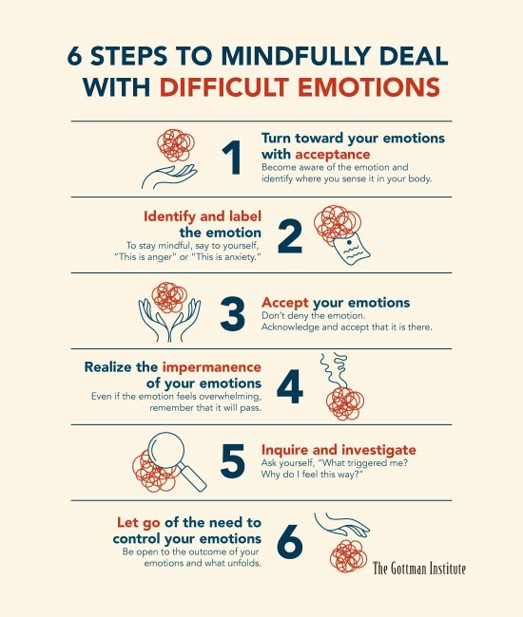
Imagination/Visualisations
Imagination and visualisation exercises serve to manage stress and consist of visualising or imagining in our mind events, stories or images that are pleasant or beneficial for us and thus reduce stress.
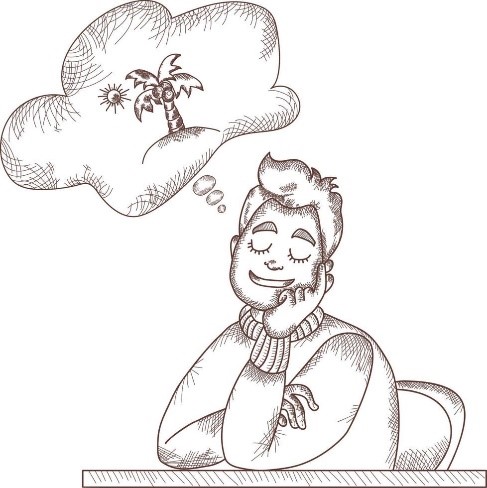
Assertive training
Assertiveness training is one of the ways to deal with difficulties in interpersonal communication due to a lack of skills in expressing feelings about oneself and others. Through training, the person acquires the ability to more effectively express personal opinions, feelings and desires in a direct and appropriate manner. The training enables the individual to identify and act on: anxiety, fear, feelings of guilt, irrational ideas, values, beliefs, etc.
Breathing control technique
Of all the techniques of relaxation and emotional self-control, the main one is breathing. Relaxation is focused on the way we breathe.
The aim of deep breathing is to ensure that oxygen is properly distributed to all cells and that carbon dioxide does not drop into the blood. This technique also moderates bodily processes and helps us with negative emotions and stress.
To perform the breathing technique, it is important to find a quiet place to start, but if you can’t, you can try to do it anywhere.
First, push the chest forward and relax the shoulders, then place one hand on the abdomen and the other on the chest. Breathe in deeply for 4 seconds, feeling your hands rise. Hold your breath for 5 seconds and then exhale for 7 seconds. The aim is to try to achieve 10 breaths per minute.
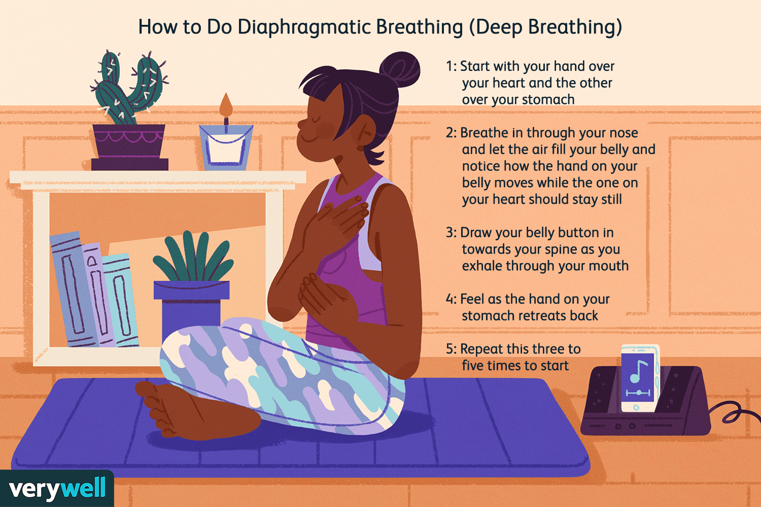
Time managment
Stress is closely linked to lack of time, as our routine consists of filling our time with activities and sometimes we give up our rest time, so time management to reduce stress and have time for ourselves is important.
Our time has to be organised in such a way that we only target the things we can really do and finish and the things that are really important, so that at the end of the day, the proposed tasks are completed and there is a sense of self-fulfilment and no stress appears. Improving our routine makes us feel more content with our existence.
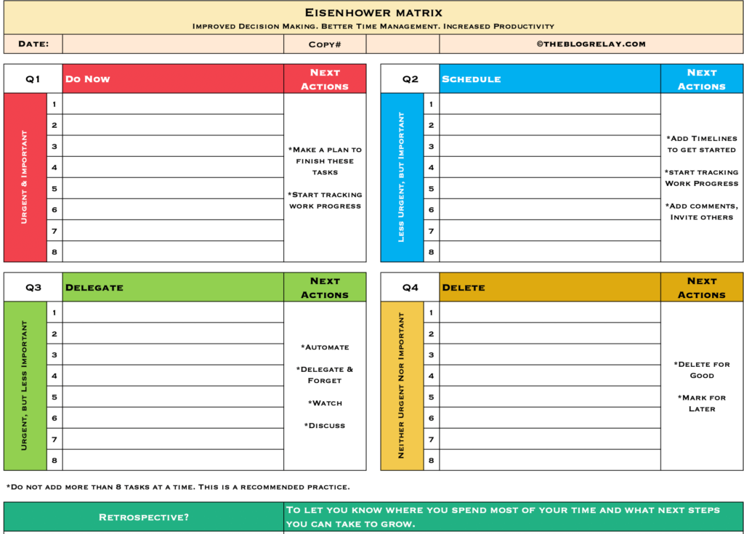
Relaxation
Relaxation can help us to reduce the symptoms of stress and improve our quality of life. These relaxation techniques have different benefits such as lowering heart rate, reducing anger and frustration, reducing fatigue, improving sleep quality, improving mood, and of course, reducing stress.
There are several relaxation techniques, such as deep breathing, which has been already explained above.
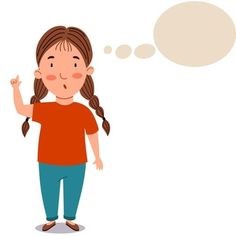
- Autogenic relaxation is a type of relaxation that comes from within, and involves repeating words or situations in your mind that help you relax, such as imagining a calm environment. You can also focus on physical sensations, such as relaxing an arm or relaxing your breathing.
- Progressive muscle relaxation focuses on contracting and relaxing the muscles and directing attention on this to focus on physical sensations. It consists of contracting and relaxing the muscles from the feet to the head. Muscles are contracted for five seconds and then relaxed for 30 seconds, and so on.
- Finally, we have visualisation, which consists of visualising images that take you to a calm place or a peaceful situation, trying to use all the senses of the body and evoking positive thoughts.
References
[1]
Entrenamiento asertivo: Dionisio F (1994)
[2]
Técnica de control de la respiración: Medisur (2005)
[3]
Administración del tiempo: Psiquion (2019)
[4]
La relajación: Mayo Clinic Guide to Pain Relief (2022).


